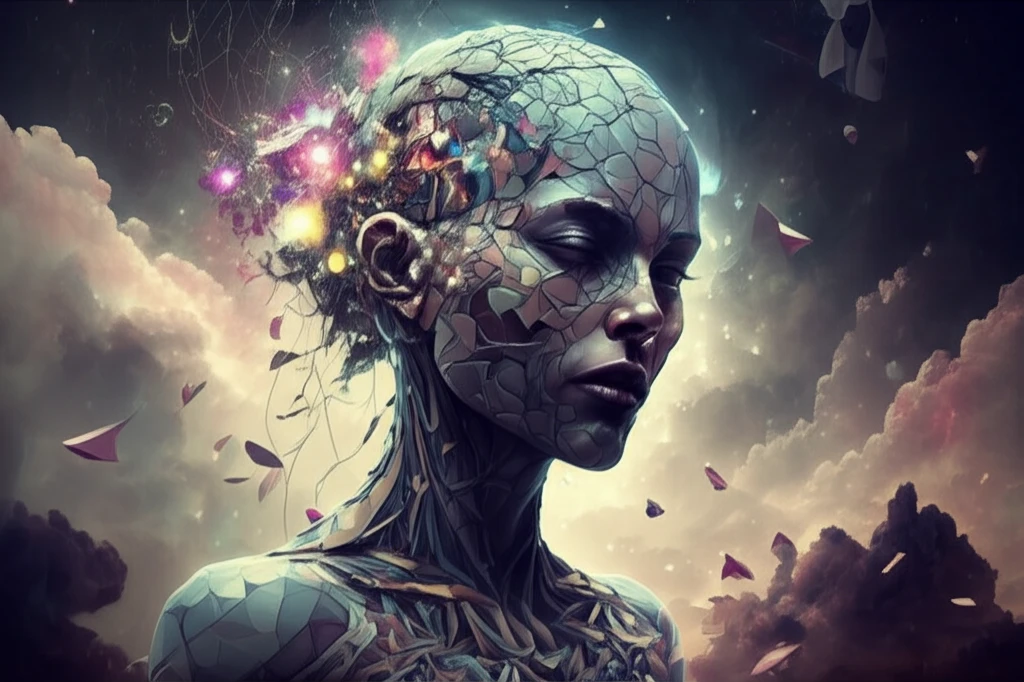
Unlocking the Mind's Eye: How Repeated Visualisation Shapes Our Preferences
"Dive into the fascinating world of the mere exposure effect and discover how repeatedly visualising images can significantly impact our preferences, even without external sensory input."
Have you ever wondered why you prefer certain brands, designs, or even people over others? A significant factor often lies in a psychological phenomenon known as the "mere exposure effect." This effect suggests that we tend to develop a preference for things simply because we are familiar with them. But what happens when that familiarity comes not from seeing something repeatedly in the real world, but from repeatedly visualising it in our mind?
Traditional understanding suggests that repeated exposure relies on external sensory input. We see a product advertised multiple times, hear a song frequently on the radio, or encounter a particular style repeatedly in our environment. This repetition leads to familiarity, which in turn can breed liking. But recent research is challenging this notion, suggesting that the mere exposure effect can occur even when the repeated exposure is entirely internal, driven by our own visualisations.
Imagine visualising a specific shape or pattern repeatedly. Would this mental exercise be enough to create a preference for that shape, even if you've never seen it in the real world? This intriguing question is at the heart of new studies exploring the power of visual imagery and its impact on our subconscious biases.
The Power of Visualisation: How Mental Images Shape Preference

A recent study published in Memory & Cognition delves into this very question, investigating whether the mere exposure effect can be triggered by internally generated visual representations – in other words, visual images. Researchers Kazuya Inoue, Yoshihiko Yagi, and Nobuya Sato explored this phenomenon through a series of experiments designed to isolate the impact of visualisation from external sensory input.
- The mere exposure effect appeared only when participants visualised the shapes in both the exposure and rating phases.
- Sensory inputs from repeated stimuli play a minor role.
- Consistency of processing between exposure and rating phases matters.
Implications and Future Directions
This research opens up new avenues for understanding how our minds form preferences and biases. It suggests that we can influence our own liking and disliking through conscious visualisation practices. For example, if you're trying to develop a taste for a new type of food, repeatedly visualising yourself enjoying it might actually increase your chances of liking it in reality. Moreover, the study highlights the importance of consistent mental processing. To harness the power of the mere exposure effect through visualisation, it's crucial to engage in the same type of mental activity during both the exposure and evaluation phases. This could have implications for various fields, from marketing and advertising to personal development and therapy, offering new strategies for shaping attitudes and behaviours.
